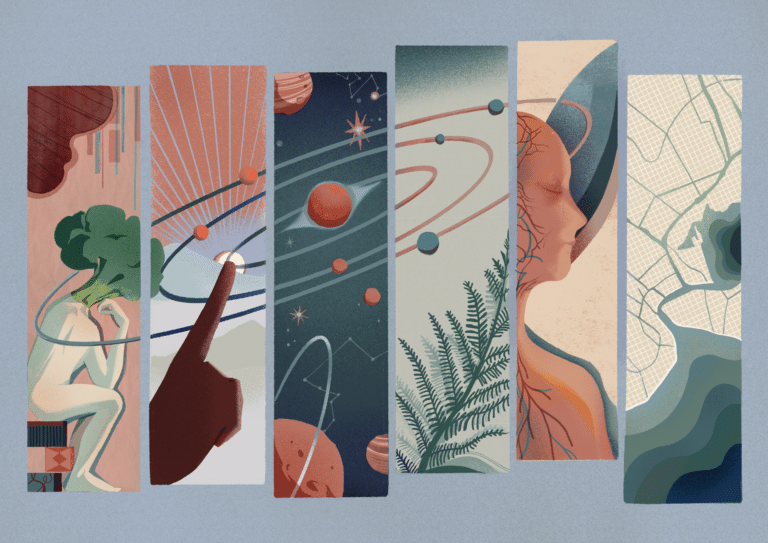The Beauty of Shared Silence
In silence & thunder
by the side of the tracks
we pray.
The abandoned railway station is sunlit on this Sunday morning. My friends and I unfold chairs, creating a large circle, to seat about 30. We plop handmade cushions down on the hard metal seats. One of my friends sets out coffee and baked goods on a long table. Slowly, people drift in.
We are in a small town in rural West Virginia to attend a Quaker meeting. This old brick railway house, built in 1909, is where the local Friends gather in silence, without clergy or sermon, until someone feels moved to speak.
I’ve sat and meditated in silence before, but always alone. Now, I choose a seat at one corner of this boxy sphere of chairs, between two gray-haired gentlemen. The windows, with the train-tracks running along beside them, are behind me, to the left. (This detail will become important later on.)
Usually, it takes me a while to still the world within, to calm my ricocheting thoughts, and feel the ground beneath me again. But something about this collective human silence soothes me. Maybe it’s the soft breathings and shufflings of 25 bodies settling, like the foundation of a house settles at night, with gentle clicks and sighs.
No one speaks. I place my mind in my breath. I am surprised that, amid all the chaos of daily life, something so regular and — dare I say it — so stable exists. The breath rises through my feet and cycles through my legs, stomach, and chest. Then, I exhale myself as drops of rain from a cloud just over my head.
A woman begins to speak. She talks about the drought in California, her concern for the crops, the earth. “We never let the soil rest,” she witnesses. Her voice gives the soil a body, and I am that body; we all are. The blackness before my eyes is rich as humus.
Another woman speaks. She quotes a poet and talks about the call to create beauty in the world. “When I am very depressed,” she says, “I go to a secluded spot where no one can see me — and I skip. I find that skipping and sadness are mutually exclusive states of being. I can’t do both at once. I think the same is true of beauty and hatred. They cannot exist together in the same thought.”
Before my eyes, the darkness dissolves into a silver-haired woman sheltered beneath an archway of trees. Their leaves are just budding, protecting her from prying eyes by a thin green veil. She is skipping down the dirt path like a stone across water — defying the laws of gravity and sorrow. But unlike a stone, she keeps flying.
A man speaks. He is struggling with his mother’s mortality. She has lived a long life, but now she may have cancer. The emotion never quite breaks, but it runs through his words and out into the still, sunlit room. I turn my face, eyes closed, toward his voice.
He reflects on the needs of the world and the life of the spirit, how they are connected through beauty. Letting the soil rest and the urge to skip and dance as an antidote to depression are intimately related. “The only real solutions are the beautiful ones,” he says.
Sometimes, in mathematics and physics, beautiful equations are described as “elegant.” There is elegance in this gathering. Perception and interaction have been pared down to their elemental form. What appear to be opposites make space for each other: Here, inner silence is surrounded by a circle of fellowship. The darkness behind our eyes is surrounded by a room filled with light.
Outside the windows, to my left, a train shudders past. The station is no longer in use, but apparently, the tracks still are. During the hour of silence, two rattling freights attempt to squash our collective peace with their outsized noise. I think of wild violets being raked over by a lawn mower. I’m always amazed when the tiny flowers pop back up amid piles of grass clippings, their petals miraculously intact.
Another woman speaks. The trains remind her that silence is more than mere quiet. It is a stance we hold. It a point of orientation in a disorienting world.
I think of the civil rights protest song:
“Just like a tree that’s standing by the water, we shall not be moved…”
That’s what our shared silence says to the train and the drought and depression and cancer, and maybe even, to life itself: We are here. We are doing the work.
This is difficult. This is beauty.

